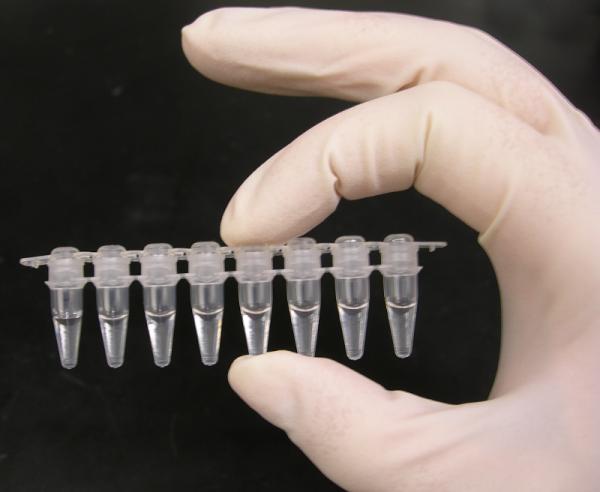Several months ago, there was speculation that SARS-CoV-2, the coronavirus that causes COVID-19, was created in a Chinese bioweapons laboratory. It's not true, but the conspiracy theory has gained renewed interest following a paper by a Hong Kong scientist who claims that, indeed, the virus is man-made.
This conspiracy theory is particularly tempting for several reasons. First, China is a secretive, authoritarian country, and it wouldn't really be much of a surprise if the government had a bioweapons program. Second, China has suppressed research on the origins of the coronavirus. Third, SARS-CoV-2 is really weird for a respiratory virus, since it has the ability to spread throughout the body and damage other organs. Combined, many people see a conspiracy.
But circumstantial evidence doesn't make it true. Either the coronavirus naturally worked its way into the human population or, if a Chinese laboratory really was involved, the virus was probably being studied by researchers and accidentally infected one of them. (This would explain why China wants to cover up the origin of the virus; if it escaped from a lab, Chinese scientists would look incompetent.) There is simply insufficient reason to believe that malicious forces were at play. An extraordinary claim requires extraordinary evidence, and the "man-made virus" theory fails that test.
Genetics Shows Why the Coronavirus Evolved and Was Not Man-Made
In March, a team of scientists published genome sequence data from SARS-CoV-2 in the highly reputable journal Nature Medicine. The main argument for why the virus was not man-made is that the spike protein (which binds to a human cell receptor called ACE2) was shown to be non-ideal for binding to the receptor. While it does bind tightly, computer simulations suggest that other sequences would be better for binding. This is evidence against the virus being man-made because, presumably, a bioengineer would have chosen a different spike protein gene sequence.
Red Flags in the New Pre-Print Paper
A new pre-print paper (which means it has not yet been peer reviewed or published in a journal) claims that SARS-CoV-2 was genetically engineered. It provides both data and reasoning that sound plausible. (The technical aspects go beyond the scope of this article.) The gist of the paper is that the authors believe the genome displays "suspicious" sequences that suggest manipulation.
There are problems with that argument. The most straightforward explanation for the "suspicious" genetic traits is natural recombination with other coronaviruses. Just like influenza, if two different coronaviruses infect the same animal (or human) at the same time, the gene sequences can be swapped. As a result, a new virus pops out that has a completely unique gene sequence. Then, like everything else, the virus undergoes natural selection. If the gene sequence helps the virus spread, then the virus will be selected through evolutionary forces. A July 2020 paper in Science makes precisely that argument.
Another major problem with the pre-print paper is that the authors come out of the gate throwing punches, alleging censorship by scientific journals and accusing those who disagree with them of having a conflict of interest. This is not how serious scientists behave in the literature. Unless there is overwhelming reason to believe otherwise, the assumption is always that another team of scientists acted in good faith but drew the wrong conclusion.
Finally, as others have pointed out, the pre-print authors are part of an organization called the Rule of Law Society, which is not a scientific organization. It also is associated with some rather unsavory characters. That doesn't automatically mean the authors are wrong, but it raises enough doubts about their credibility. The Society's stated mission is, "To expose corruption, obstruction, illegality, brutality, false imprisonment, excessive sentencing, harassment, and inhumanity pervasive in the political, legal, business and financial systems of China." That's fine, but we probably shouldn't trust an organization like this to perform objective scientific analysis.
The Trouble with Pre-Print Papers
In a fast moving world, the scientific method drags along at a snail's pace. To keep up with the changing times, many scientists are now posting papers online without any peer review. The upside is that this allows the quick dissemination of vital information during a time like now (i.e., the COVID pandemic). The downside is that it allows a lot of garbage to make international headlines, throwing us off into a wild goose chase.




